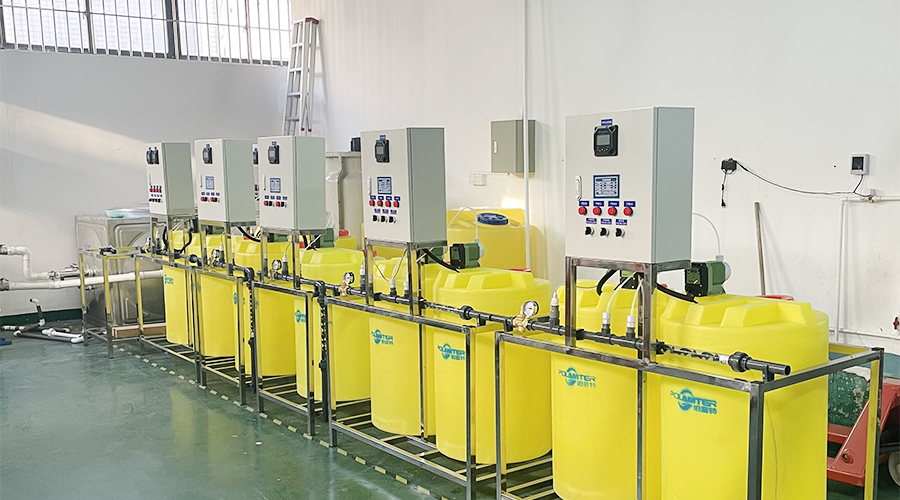How to measure the salinity of sewage is a matter of great concern to everyone. The main unit used to measure water salinity is EC/w, which represents the conductivity of water. Determining the conductivity of the water can tell you how much salt is currently in the water.
TDS (expressed in mg/L or ppm) actually refers to the number of ions present, not conductivity. However, as mentioned earlier, conductivity is often used to measure the number of ions present.
TDS meters measure conductivity and convert this value to a reading in mg/L or ppm. Conductivity is also an indirect method of measuring salinity. When measuring salinity, the units are usually expressed in ppt. Some conductivity instruments come pre-configured with the option to measure salinity if desired.
While it may be hard to understand, salt water is considered a good conductor of electricity, which means that when you’re trying to maintain the correct chemistry for an outdoor environment, your EC/w readings should be high. When these readings drop too low, it may be time to treat the water.
The following article takes a closer look at salinity and how to measure it correctly.
What is water salinity?
Salinity refers to the amount of salt that has properly dissolved in the body of water. The primary unit used to measure water salinity is EC/w, which stands for the electrical conductivity of water. However, measuring the salinity of water with a conductivity sensor will give you a different unit of measurement in mS/cm, which is the number of millisiemens per centimeter of water.
One millimeter Siemens per centimeter equals 1,000 micro Siemens per centimeter, and the unit is S/cm. After taking this measurement, one-thousandth of a micro-Siemens equals 1000 EC, the electrical conductivity of water. A measurement of 1000 EC is also equal to 640 parts per million, which is the unit used to determine the salinity in swimming pool water. The salinity reading for a saltwater pool should be 3,000 PPM, which means that the millisiemens per centimeter reading should be 4.6 mS/cm.
How is salinity made?
Salinity treatment can be done through three methods including primary salinity, secondary salinity, and tertiary salinity.
Primary salinity is the most common method, which occurs through natural processes, such as the formation of salt due to rainfall over a long period of time. When it rains, some of the salt in the water evaporates from the water column or the soil. Some salts may also pass directly into groundwater or soil. A small amount of water will also flow into rivers and streams and eventually into oceans and lakes.
As for secondary salinity, this type of salinity occurs when the water table rises, usually as a result of the removal of vegetation from a particular area.
Salinity can also be achieved through tertiary salinity, which occurs when water is used for gardening and crops over multiple cycles. Every time a crop is watered, a small amount of water evaporates, which means an increase in salinity. If the water is reused on a regular basis, the salt content in the crop can be very high.
Precautions when using the conductivity meter
1. When measuring pure water or ultrapure water, in order to avoid the drift of the measured value, it is recommended to use a sealed groove to perform flow measurement in a sealed state. If a beaker is used for sampling and measurement, large errors will occur.
2. Since the temperature compensation adopts a fixed temperature coefficient of 2%, the measurement of ultra- and high-purity water should be carried out without temperature compensation as much as possible, and the table should be checked after measurement.
3. The electrode plug seat should be absolutely protected from moisture, and the meter should be placed in a dry environment to avoid leakage or measurement errors of the meter due to the splashing of water droplets or moisture.
4. The measuring electrode is a precision part, which cannot be disassembled, the shape and size of the electrode cannot be changed, and it cannot be cleaned with strong acid or alkali, so as not to change the electrode constant and affect the accuracy of the instrument measurement.
5. In order to ensure the accuracy of measurement, the electrode should be rinsed twice with distilled water (or deionized water) less than 0.5uS/cm before use (the platinum black electrode must be soaked in distilled water before use after it has been dry for a period of time), Then rinse with the tested sample water three times before measuring.
Post time: May-16-2023





